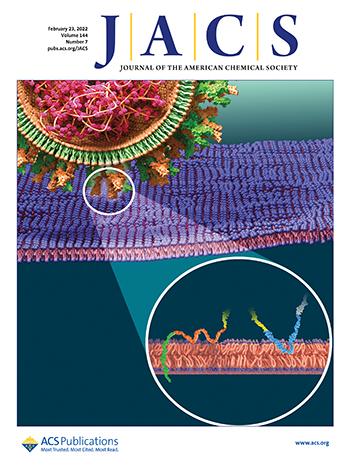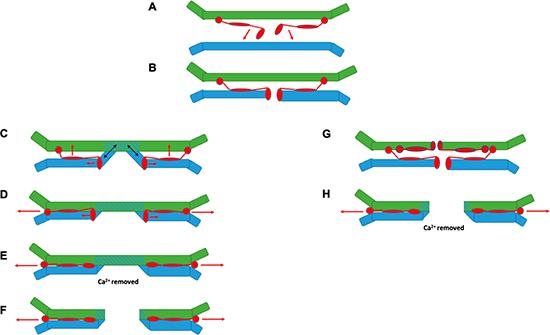ANSTO’s National Deuteration Facility has provided deuterated cholesterol for international research to gain a better understanding of how the Spike protein of the COVID virus, SARS-Co-V-2, infects human cells through a membrane fusion mechanism.
In deuterated compounds, hydrogen has been replaced by deuterium. Deuterated cholesterol can be used as a molecular probe to determine the stacking order of membrane layers and to determine how cholesterol is partitioned on the membrane.
Researchers from the Institut Laue-Langevin, the University of Cambridge and the Italian National Research Council have elucidated how fusion peptides, short protein sequences, initiate infection with COVID using a model of membrane interactions.
The peptides act as a bridge between the host membrane and viral envelope to promote fusion.
A critical stage in infection occurs when the Spike protein envelope of the SARS-CoV-2 coronavirus fuses with the membrane of the host cell to create a pathway for the virus to enter.
The research provided a detailed picture of the role of specific SARS-Co-V-2 Spike fusion peptides in the fusion process in a paper in The Journal of the American Chemical Society.

Because of its significance, the research was featured on the cover of the journal (above)
As well as clarifying two prospective molecular mechanisms, they found that both calcium and cholesterol influenced interactions between the peptides and the host cell membrane.
The team of researchers used a suite of neutron analysis techniques, including neutron reflectometry and small-angle neutron scattering, to be able to distinguish between layers of the viral and host membranes and other neutron techniques to understand dynamic changes to the membranes.

Cholesterol was a key component of the cell membrane model and critical in its function in the study.
“The deuterated cholesterol layer provided contrast that could be distinguished from the other layer components,” explained Dr Robert Russell.
They found that presence or absence of calcium could affect the orientation of the cholesterol molecule, causing it to become thicker or thinner.







